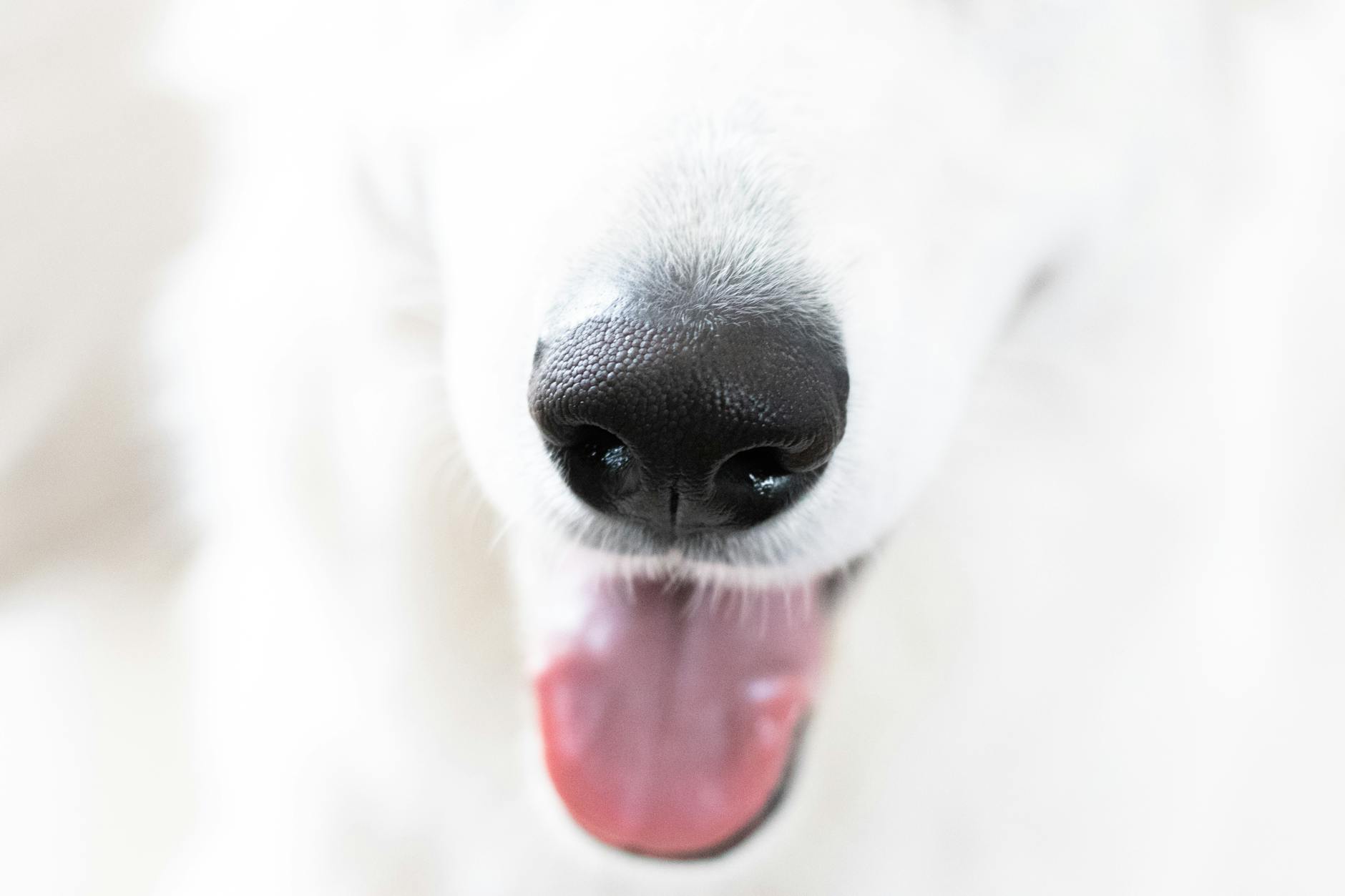Pro Tips: Dog Training for People Mastery

Training a dog is much more than teaching them tricks; it's about fostering a strong bond with your furry friend and understanding how to communicate effectively. In this article, we will explore essential dog training tips that will help you master your pup’s communication, obedience, and behavior for a more joyful and cohesive living experience. Put these expert insights into practice, and you'll unlock your dog's full potential, ensuring a happier, healthier companion.
Understand Your Dog's Language
Before you can effectively train your dog, you need to understand how they communicate. Dogs rely on body language, vocalizations, and energy to convey their feelings and intentions.
- Body Language: Observe your dog's posture and expressions. A relaxed dog will have a soft gaze, loose ears, and a wagging tail. Alternatively, an anxious or aggressive dog may stare intensely, have pinned-back ears, or a stiff tail.
- Vocalizations: Barking, growling, whining, and howling all have different meanings. Pay attention to the context and frequency to decipher what your dog is trying to communicate.
- Energy: Dogs pick up on energy and emotions, so maintain a calm and assertive demeanor to set the tone for your interactions.
Consistency is Key
Dogs thrive on consistency. Use consistent commands, schedules, and rules to train your dog. Here’s how you can apply this:
- Commands: Choose clear and distinct words for commands and use them consistently. For instance, don't interchange "sit down" with "sit" or "down" if they mean the same action.
- Schedules: Regular feeding, potty breaks, and exercise schedules create a structured environment for your dog.
- Rules: If you don't want your dog to jump on the furniture, enforce this rule consistently. Allowing them on the couch "just this once" can send mixed messages.
Positive Reinforcement Works Wonders
Positive reinforcement is an effective dog training technique. Rewarding your dog for good behavior encourages them to repeat it.
- Treats: Offer treats as rewards when your dog follows a command. Be sure to provide the treat immediately after the desired action to help them make the connection.
- Praise: Verbal praise and petting can also serve as rewards. Use an enthusiastic tone to convey your happiness with their behavior.
- Play: Sometimes, a quick play session can be an excellent reward, especially for high-energy dogs.
Training Sessions: Short and Sweet
Dogs have short attention spans, so keep training sessions brief and engaging.
- Duration: Aim for 5-15 minutes, depending on your dog's age, breed, and temperament.
- Focus: Work on one command or behavior per session to avoid overwhelming your dog.
- Series: Conduct training sessions regularly—daily if possible—to reinforce learning.
Socialization: Expose Your Dog to New Experiences
Socializing your dog is crucial for developing their confidence and preventing fear and aggression.
- People: Introduce your dog to a variety of people, including children and the elderly, to help them become comfortable around different individuals.
- Dogs: Allow your dog to meet and play with other dogs. This can be done safely in controlled environments like dog parks or playdates.
Dealing with Behavior Problems
Behavior problems can arise in any dog. Address these issues head-on:
- Identify the Cause: Determine what is triggering the unwanted behavior. It could be fear, boredom, or a lack of exercise.
- Professional Help: Don't hesitate to seek the help of a professional dog trainer or behaviorist if you're struggling with your dog's behavior.
Final Thoughts
Remember, every dog is unique, and what works for one may not work for another. Patience, understanding and a commitment to consistent training will lead to a well-trained dog and a strong bond between you and your pet. By mastering these dog training tips, you'll pave the way for a happy, obedient, and well-adjusted canine companion.